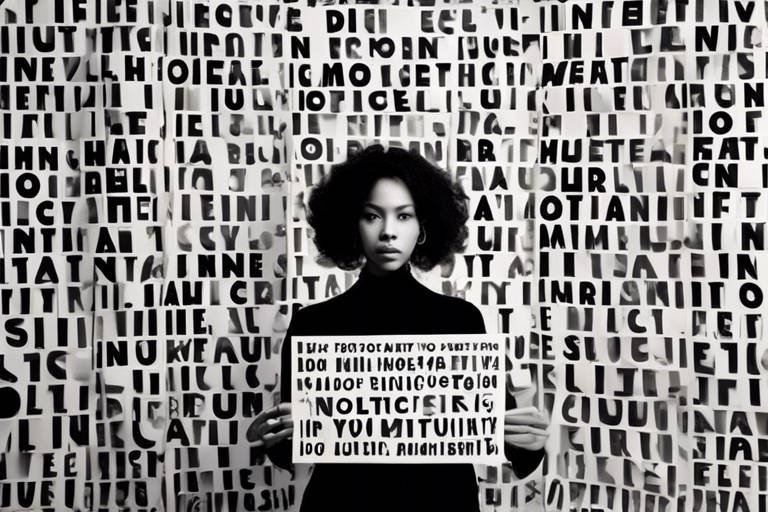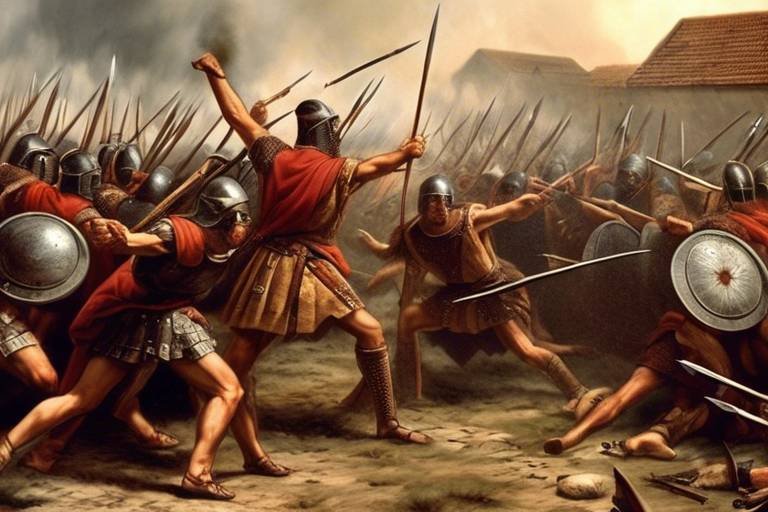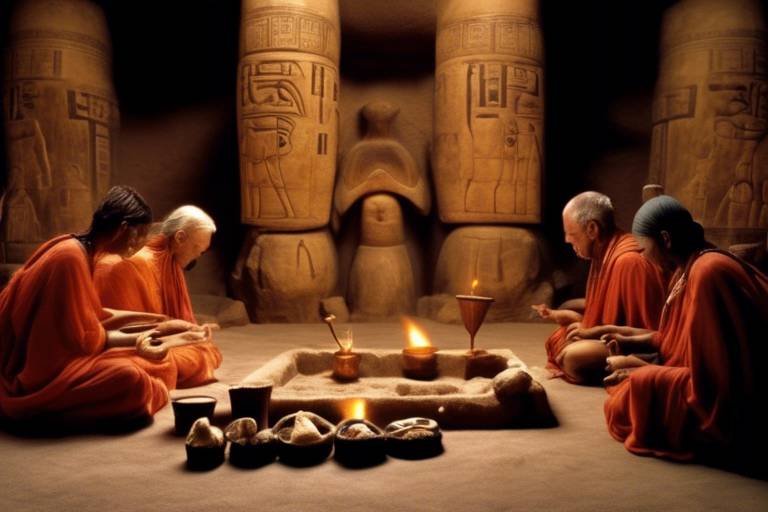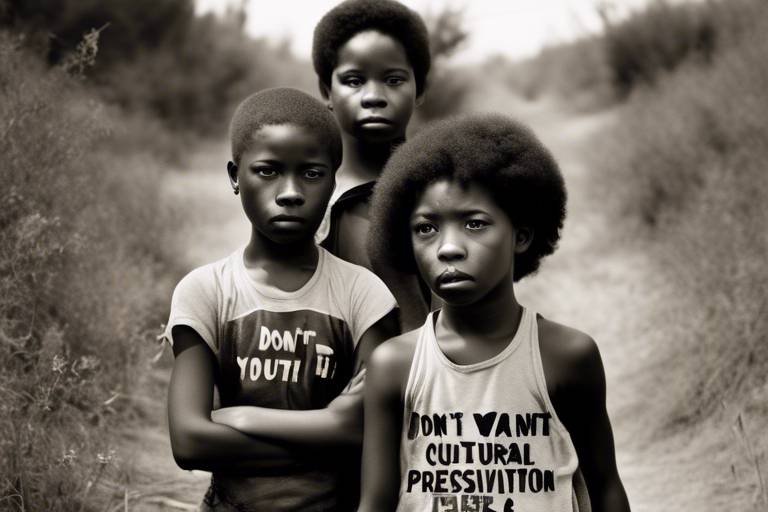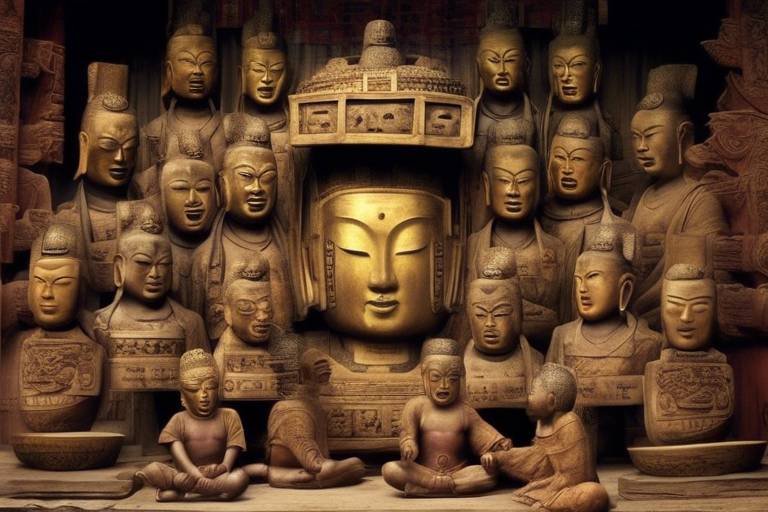The Role of Art in Shaping Cultural Identity
Art has always held a profound influence on shaping the cultural identity of societies, serving as a mirror that reflects and molds values, beliefs, and traditions. Through various artistic expressions, communities and nations find a channel to convey their collective identity, fostering a sense of belonging and preserving their heritage for future generations.
One of the primary roles of art is to express and reinforce cultural values and beliefs, acting as a visual language that communicates the ideologies and principles that define a particular community or nation. From ancient cave paintings to modern multimedia installations, art has been a powerful tool for encapsulating the essence of a culture.
Furthermore, art plays a crucial role in the preservation of cultural heritage by capturing traditions, stories, and practices through visual representations and storytelling. These artistic creations serve as a link between the past and the present, ensuring that the rich tapestry of cultural heritage is passed down intact to subsequent generations.
Art also serves as a reflection of the diversity within a society, showcasing the myriad aspects of culture such as language, customs, rituals, and historical narratives. By celebrating this diversity, art promotes inclusivity and understanding among different communities, fostering a sense of unity amidst differences.
Artistic expressions have the power to challenge or reinforce social norms and stereotypes, influencing perceptions of identity, gender roles, and societal expectations within a cultural context. Through provocative artworks and performances, artists can provoke thought and initiate conversations about pressing social issues.
In addition, art often acts as a platform for challenging political narratives, shedding light on historical injustices, and advocating for social change. By engaging with political and historical themes, artists contribute to the ongoing discourse of cultural identity formation and societal progress.
In today's globalized world, art reflects the hybrid nature of cultural identities, blending traditional practices with contemporary influences to create new forms of expression and identity. This fusion of cultures and ideas results in a dynamic and ever-evolving cultural landscape.
Art initiatives within communities empower individuals to reclaim and celebrate their cultural identity, fostering pride, resilience, and social cohesion through creative expression. By engaging in art projects, communities can strengthen their bonds and amplify their voices in the broader cultural narrative.
Lastly, art education plays a vital role in promoting cultural awareness, empathy, and understanding among individuals. By exposing learners to diverse artistic traditions and perspectives, art education encourages dialogue and appreciation for the rich tapestry of cultural identities worldwide.
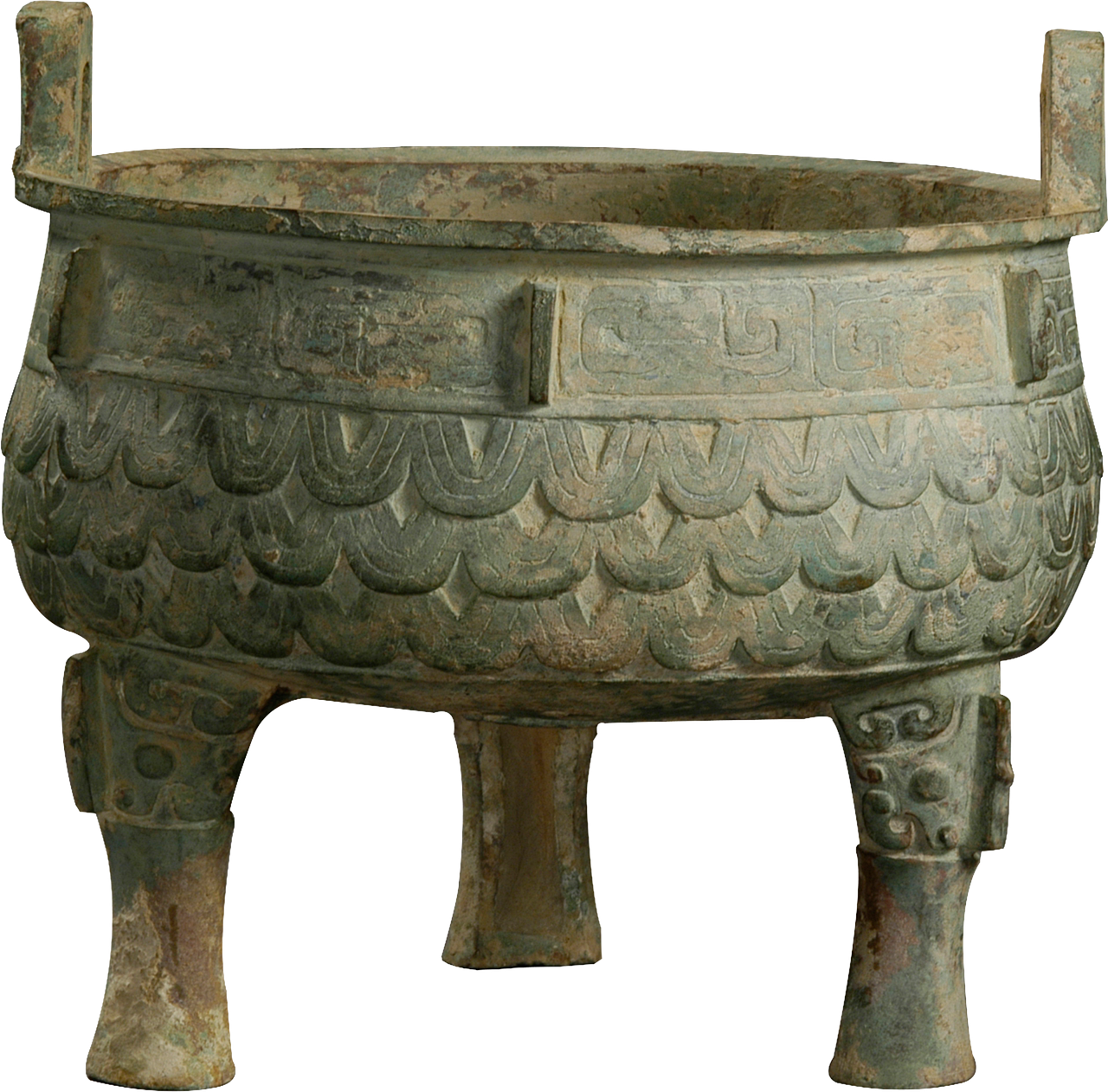
Expression of Values and Beliefs
Exploring how art influences and reflects the cultural identity of societies, impacting values, beliefs, and traditions, fostering a sense of belonging and heritage preservation.
Art serves as a powerful medium for expressing and reinforcing cultural values, beliefs, and ideologies. Through various art forms such as painting, sculpture, music, and literature, societies convey their core principles and philosophies to the world. Artistic creations act as mirrors reflecting the collective identity of a community or nation, encapsulating the essence of their beliefs in a visually compelling manner.
Moreover, art provides a platform for individuals to express their personal values and beliefs, contributing to the rich tapestry of cultural diversity. Artists infuse their works with meaning and symbolism, inviting viewers to ponder and interpret the underlying messages. This exchange of ideas through art not only strengthens cultural bonds but also sparks conversations about shared values and societal norms.
Artistic expressions often transcend language barriers, resonating with audiences on a universal level. Whether through intricate paintings depicting historical events or stirring musical compositions evoking emotions, art has the remarkable ability to communicate complex ideas and emotions that words alone may struggle to convey.
By showcasing the values and beliefs of a society, art plays a crucial role in preserving its cultural heritage and shaping its identity for future generations to cherish and learn from.
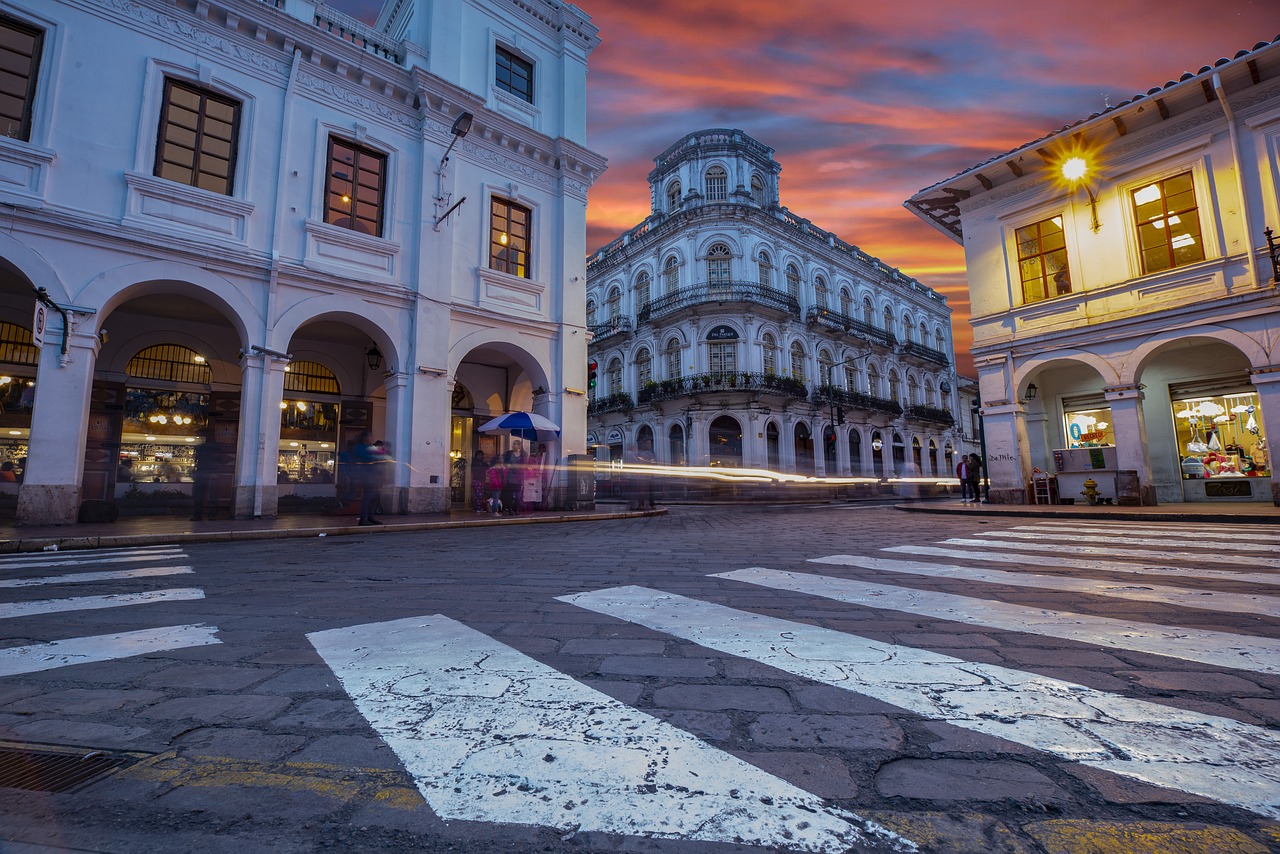
Preservation of Heritage
When it comes to the preservation of heritage, art stands as a timeless guardian of cultural legacy, capturing the essence of traditions and stories passed down through generations. Through intricate visual representations, captivating storytelling, and immersive traditional practices, art acts as a bridge connecting the past with the present and ensuring that the rich tapestry of cultural heritage remains vibrant and relevant in today's world.
Artistic expressions serve as repositories of historical knowledge, encapsulating the struggles, triumphs, and values of a society in a tangible form. From ancient cave paintings to modern digital art, each creation holds a piece of the cultural puzzle, offering insights into the beliefs, customs, and rituals that define a community's identity. By preserving these artistic treasures, we safeguard our heritage from the ravages of time, allowing future generations to connect with their roots and appreciate the legacy of those who came before.
Moreover, art serves as a powerful tool for cultural transmission, enabling the transfer of knowledge and traditions from one generation to the next. Whether through intricate tapestries, symbolic sculptures, or evocative music, artists convey the essence of their heritage in a language that transcends boundaries and resonates across time. In this way, art not only preserves the past but also ensures its continued relevance and significance in an ever-changing world.
By engaging with art that celebrates cultural heritage, individuals can gain a deeper understanding of their roots, fostering a sense of pride, belonging, and connection to their ancestral legacy. Through exhibitions, performances, and interactive experiences, communities come together to honor their shared history, reinforcing bonds of solidarity and mutual respect. In this way, art becomes a catalyst for cultural preservation, uniting people in a common quest to safeguard their heritage for future generations.
In essence, the preservation of heritage through art is a testament to the enduring power of creativity and imagination in shaping our collective identity. By cherishing and promoting artistic expressions that embody our cultural legacy, we not only honor the past but also pave the way for a more enriched and interconnected future, where diversity is celebrated, traditions are upheld, and heritage is cherished as a precious gift to be passed on with pride.
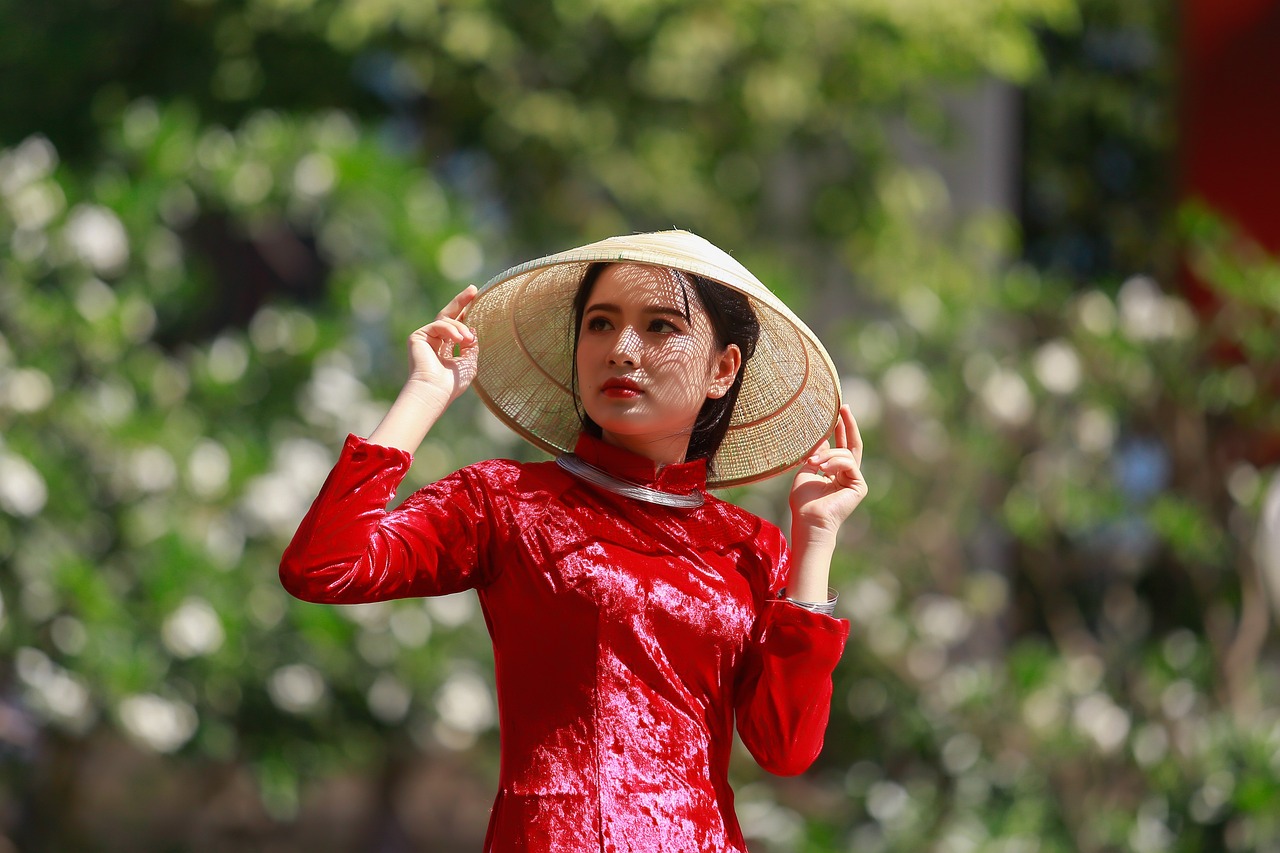
Reflection of Diversity
When we delve into the realm of art, we uncover a kaleidoscope of cultural diversity that paints a vivid picture of society's multifaceted identity. Art serves as a mirror reflecting the rich tapestry of language, customs, rituals, and history that define a community. Through vibrant brushstrokes, intricate dances, melodious tunes, and captivating narratives, art celebrates the unique nuances of different cultures, fostering inclusivity and mutual understanding.
Imagine a canvas adorned with colors from every corner of the world, each hue representing a distinct cultural heritage. This tapestry of diversity transcends boundaries, inviting us to appreciate the beauty in differences and find common ground in shared human experiences. Artistic expressions become bridges that connect people across cultures, transcending language barriers and fostering empathy and respect.
Within the intricate dance of cultural diversity portrayed in art, we witness a symphony of voices harmonizing in unity. Stories woven through sculptures, paintings, and performances speak volumes about the resilience, creativity, and collective memory of a community. These narratives not only preserve the past but also illuminate the path towards a more inclusive and harmonious future.
Art, in its myriad forms, challenges us to embrace the richness of diversity and celebrate the mosaic of identities that shape our world. It reminds us that true beauty lies in the tapestry of differences, where every thread contributes to the vibrant fabric of humanity. Through art, we embark on a journey of exploration, discovery, and appreciation of the diverse cultural landscapes that define our shared existence.

Influence on Social Norms
Artistic expressions hold a powerful influence on shaping and challenging social norms within a cultural context. Through various art forms such as paintings, sculptures, music, and literature, artists have the ability to provoke thought, spark conversations, and redefine societal standards. By portraying diverse perspectives and experiences, art can challenge existing stereotypes and prejudices, encouraging viewers to question their preconceived notions and broaden their understanding of identity and social roles.
Art has the capacity to depict alternative narratives that may not align with mainstream ideologies, offering a platform for marginalized voices to be heard and acknowledged. By highlighting issues such as gender equality, racial discrimination, or LGBTQ+ rights, art can push boundaries, advocate for social justice, and promote inclusivity. Through artistic expressions, individuals can find solidarity, representation, and a sense of empowerment, fostering a more accepting and diverse society.
Moreover, art can subtly reinforce existing social norms or traditions, serving as a mirror that reflects and affirms cultural practices and values. Whether through traditional folk art, contemporary installations, or performance art, cultural norms can be celebrated and preserved, contributing to the continuity of heritage and identity. Artists have the agency to challenge the status quo or reinforce traditional values, influencing how society perceives itself and evolves over time.
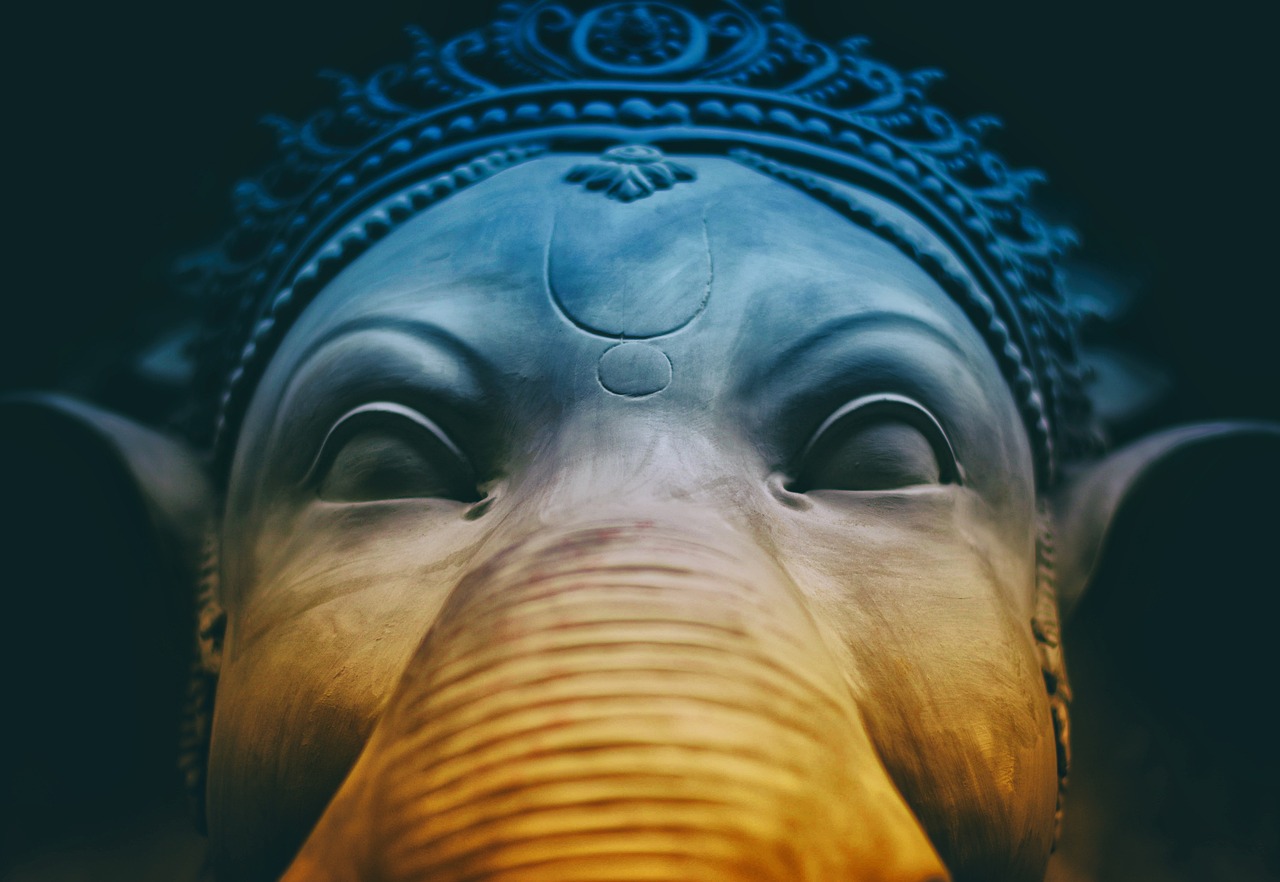
Political and Historical Narratives
Art has always been a powerful tool for challenging political narratives and shedding light on historical injustices. Through various artistic forms such as paintings, sculptures, music, and literature, artists have the ability to convey powerful messages that provoke thought and inspire change. By delving into the depths of political and historical narratives, art serves as a mirror that reflects the triumphs, struggles, and complexities of cultural identity formation.
Political art often serves as a catalyst for social movements, advocating for equality, justice, and human rights. Artists use their creative platforms to address pressing issues, confront oppressive regimes, and amplify the voices of marginalized communities. Whether through provocative street art, poignant poetry, or thought-provoking performances, art has the power to challenge the status quo and shape the course of history.
Moreover, art plays a crucial role in preserving historical narratives that might otherwise be forgotten or distorted. By depicting pivotal moments in history through visual representations or symbolic imagery, artists ensure that the collective memory of a society remains intact. Through art, historical events are immortalized, allowing future generations to learn from the past and understand the complexities of their cultural heritage.
Artistic expressions often serve as a form of resistance against oppressive regimes and authoritarian rule. By subverting dominant narratives and offering alternative perspectives, artists can inspire social change and foster a sense of collective identity rooted in resilience and solidarity. Through their work, artists challenge the official versions of history, reclaiming the narratives of the marginalized and disenfranchised.
Furthermore, art has the power to bridge the gap between the past and the present, connecting contemporary audiences with the struggles and triumphs of previous generations. By exploring historical narratives through a creative lens, artists invite viewers to engage with complex issues and reflect on the enduring impact of history on cultural identity. Through art, the stories of the past are brought to life, resonating with audiences in a profound and emotional way.

Globalization and Hybridity
Globalization has transformed the cultural landscape, leading to the fusion of diverse traditions and influences. In the realm of art, this phenomenon has given rise to hybrid identities that blend elements from different cultures, creating unique and innovative forms of expression. Artists today draw inspiration from a myriad of sources, incorporating traditional motifs with contemporary techniques to reflect the complex interplay of global influences on cultural identity. This fusion not only enriches artistic practices but also challenges conventional notions of authenticity and purity in art, opening up new possibilities for creative exploration and cultural exchange.

Community Empowerment
Community Empowerment is a transformative process that harnesses the power of art to uplift individuals within a community, enabling them to embrace and celebrate their cultural identity. Through collaborative artistic endeavors, communities can reclaim their narratives, express their unique heritage, and foster a sense of belonging and pride. Art initiatives not only provide a platform for self-expression but also promote social cohesion by bridging divides and fostering understanding among community members.
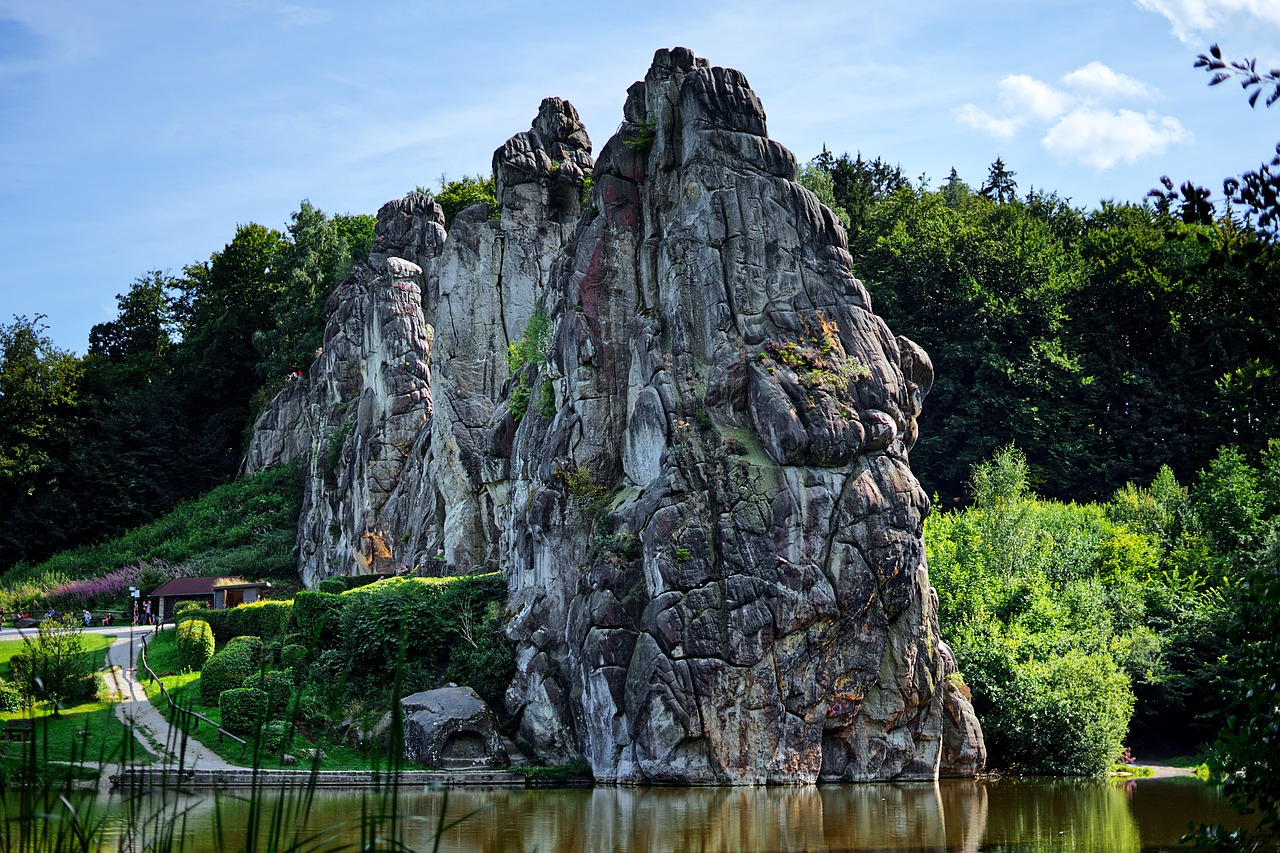
Educational Significance
Exploring how art influences and reflects the cultural identity of societies, impacting values, beliefs, and traditions, fostering a sense of belonging and heritage preservation.
Art serves as a medium for expressing and reinforcing cultural values, beliefs, and ideologies, reflecting the collective identity of a community or nation.
Art plays a crucial role in preserving and transmitting cultural heritage through visual representations, storytelling, and traditional practices, ensuring continuity across generations.
Art showcases the diverse cultural aspects of a society, including language, customs, rituals, and history, promoting inclusivity and understanding among different communities.
Artistic expressions can challenge or reinforce social norms and stereotypes, shaping perceptions of identity, gender roles, and societal expectations within a cultural context.
Art often serves as a platform for challenging political narratives, highlighting historical injustices, and advocating for social change, influencing cultural identity formation.
In a globalized world, art reflects the hybrid nature of cultural identities, blending traditional practices with contemporary influences, creating new forms of expression and identity.
Art initiatives within communities empower individuals to reclaim and celebrate their cultural identity, fostering pride, resilience, and social cohesion through creative expression.
Art education plays a vital role in promoting cultural awareness, empathy, and understanding, encouraging dialogue and appreciation for diverse cultural identities worldwide.
Frequently Asked Questions
- What is the significance of art in shaping cultural identity?
Art plays a vital role in shaping cultural identity by expressing and reinforcing values, beliefs, and traditions unique to a community or nation. It reflects the diversity and heritage of societies, influencing social norms and historical narratives.
- How does art contribute to the preservation of cultural heritage?
Art preserves cultural heritage by visually representing traditions, stories, and practices that are passed down through generations. It ensures the continuity of cultural identity and fosters a sense of belonging among individuals.
- Can art challenge social norms and stereotypes?
Absolutely, art has the power to challenge or reinforce social norms and stereotypes by portraying diverse perspectives on identity, gender roles, and societal expectations. It encourages critical thinking and dialogue within a cultural context.
- How does art promote inclusivity and understanding among communities?
Art showcases the diversity of cultural aspects such as language, customs, and history, promoting inclusivity and understanding among different communities. It serves as a bridge for connecting people from various backgrounds.
- What role does art education play in fostering cultural awareness?
Art education is essential in promoting cultural awareness, empathy, and understanding by encouraging dialogue and appreciation for diverse cultural identities worldwide. It nurtures creativity and critical thinking skills in individuals.

